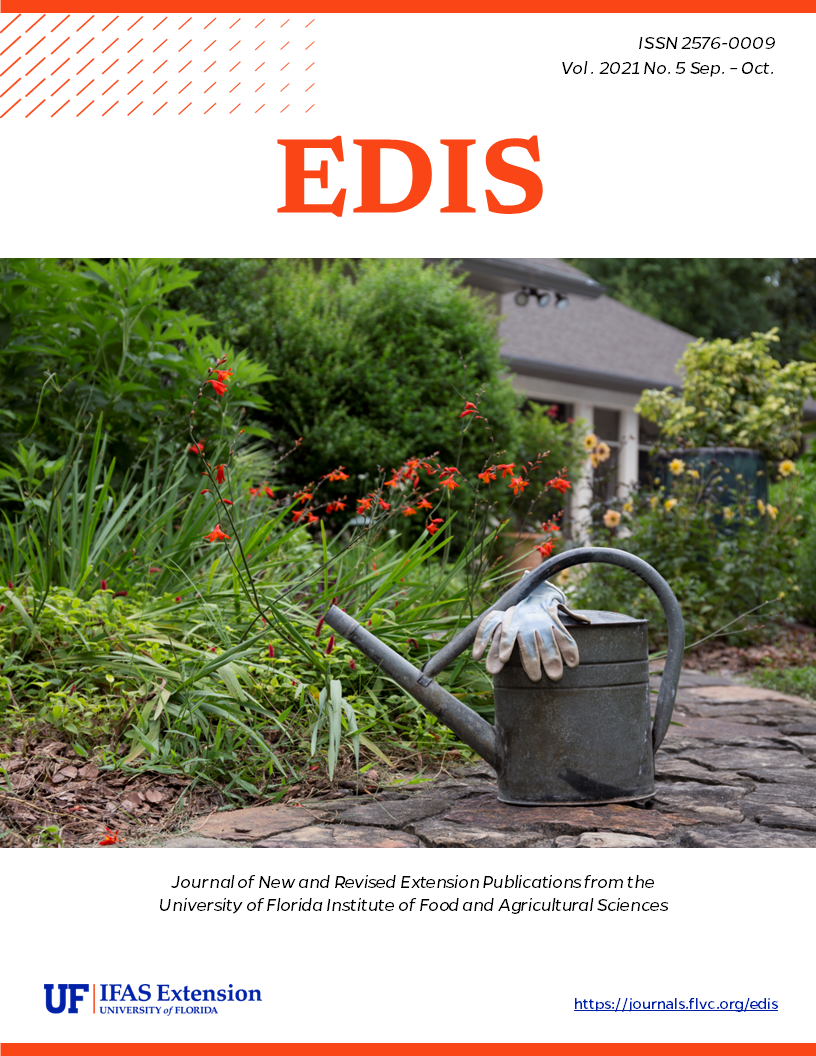Abstract
Calcareous soils are those that have free calcium carbonate (CaCO3) and have pH values in the range of 7.0 to 8.3. If they are managed properly, calcareous soils can be used to grow any crop. Before employing any management practices, it is important to know how much carbonate exists in the soil. Soil carbonate is usually quantified by acid dissolution followed by the volumetric analysis of the released carbon dioxide (CO2). In geological sciences, a simple acid test consists of placing a drop of dilute hydrochloric acid on a rock or mineral and observing if there are CO2 bubbles released; the bubbles indicate the presence of carbonate minerals. The household test below uses vinegar and other simple instruments to estimate soil carbonate concentration.
Minor revision with an added author.
References
Chaney, R. C., S. M. Slonim, and S. S. Slonim. 1982. “Determination of Calcium Carbonate Content in Soils.” In Geotechnical Properties, Behavior, and Performance of Calcareous Soils, edited by K. R. Demars and R. C. Chaney, 3–15. Baltimore, MD: American Society for Testing and Materials.
Mylavarapu, R., and C. Wiese. 2018. “Soil pH and the Home Landscape or Garden.” EDIS 2008 (2). https://edis.ifas.ufl.edu/ss480

